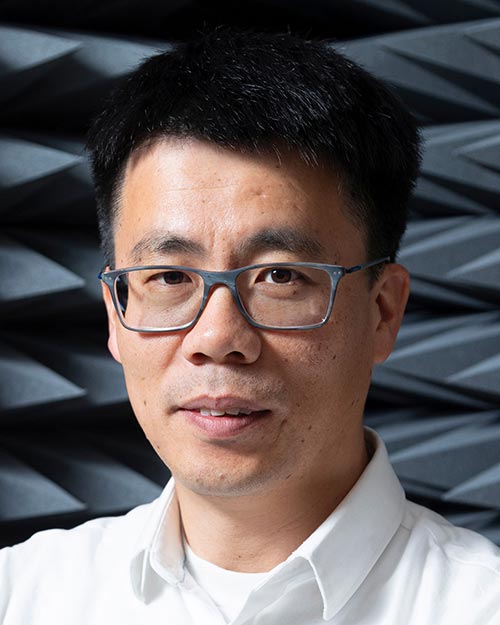Microwave circuits and system, RF power amplifiers, RF signal processing, analog quantum emulation system, qubit read out system, phase changing material, wireless communication system, and beamforming antenna system.
Faculty

Luis Balicas
Topological and two-dimensional materials; heterostructures displaying novel functionalities for applications in quantum science; topological 2D superconductors and their heterostructures with topological insulators; skyrmions/merons in magnetic 2D materials, topologically protected states.
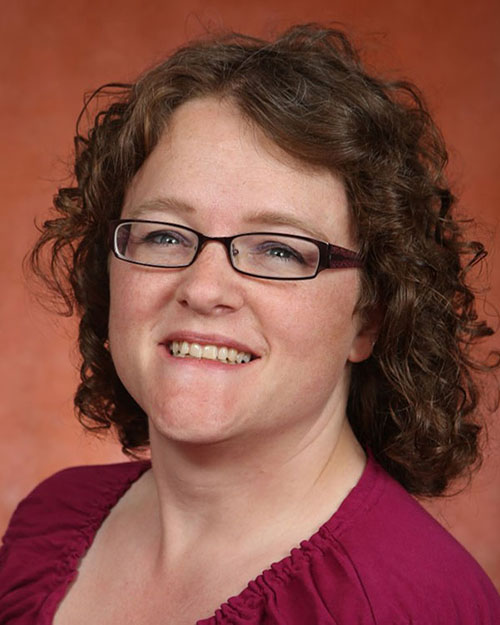
Christianne Beekman
Novel quantum phenomena in thin films of spin-frustrated magnetic oxides; investigation of emergent properties that involve intricate coupling between spin, charge, orbital, and lattice degrees of freedom.
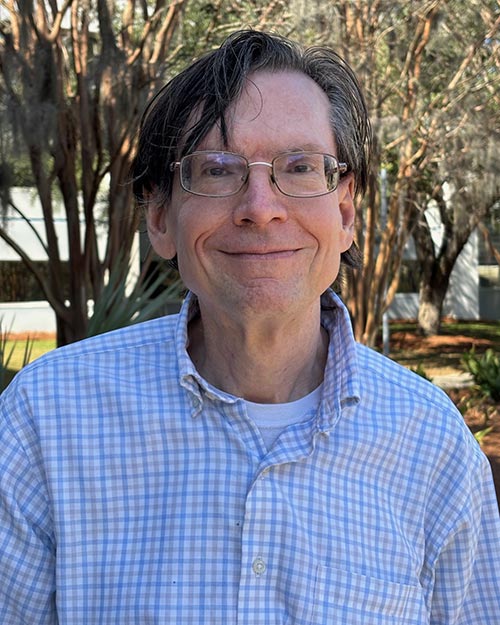
Nicholas Bonesteel
The theory of quantum matter and quantum computation; topological quantum computation, quantum entanglement as a measure of topological order, and quantum computing with semiconductor quantum dots.

Mike Burmester
Flaws/weaknesses of the NIST selected post quantum cryptography systems; customized software/ micro-controller implementations that improve efficiency (drop-in applications); modifications for lightweight applications that target specific security requirements.
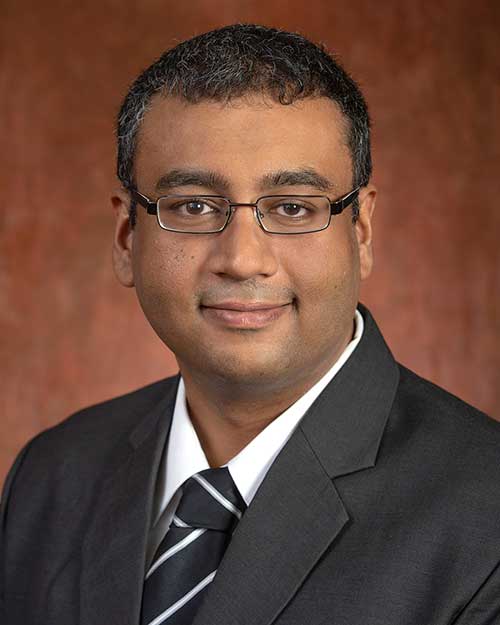
Hitesh Changlani
Condensed matter many-body theory for strongly interacting quantum matter; emergent correlations and spin dynamics of frustrated magnets; theoretical tools for quantum information based on reduced density matrices of quantum many body wavefunctions.
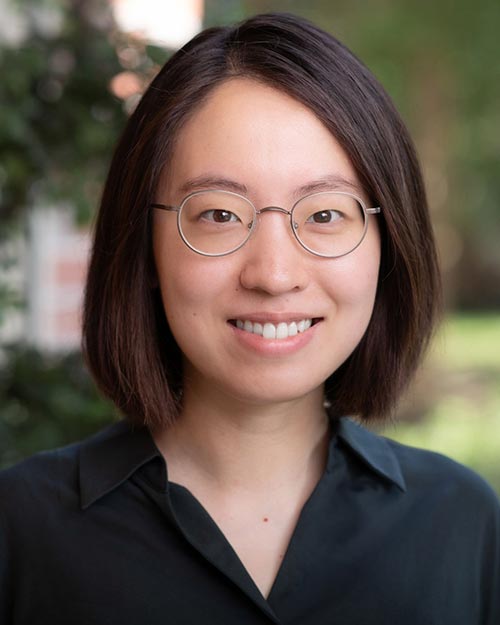
Yanzhu Chen
Theory of quantum computing and quantum information; quantum algorithms and quantum simulation; quantum information processing in realistic environment, including quantum error correction and mitigation; interplay of quantum computing, symmetry, and topology in condensed matter.
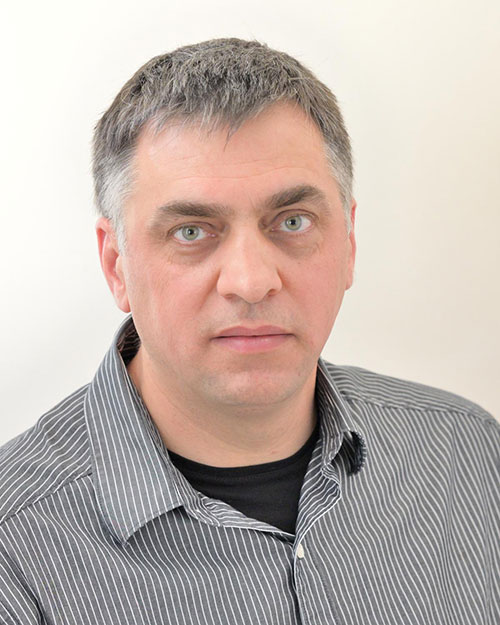
Irinel Chiorescu
Quantum spin dynamics, superconducting chips for highly sensitive quantum measurements, on-chip superconducting cavities in the spin-photon strong coupling regime, superconducting quantum interference devices coupled to cavities as sensitive detectors of spin-photon states.
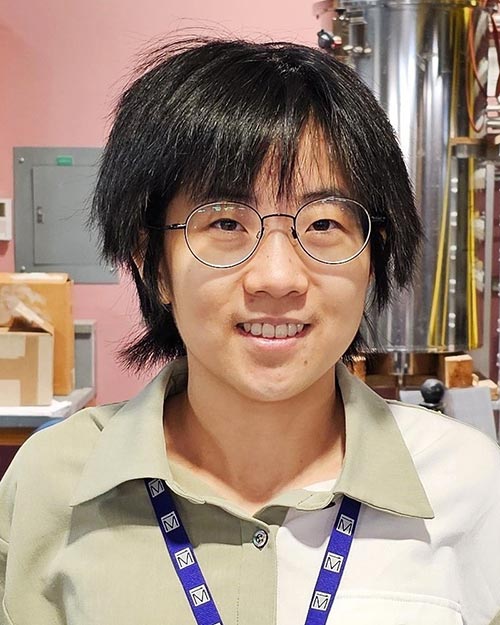
Rong Cong
4d and 5d transition metal compounds with strong spin-orbit coupling, quasi-2D kagome superconductors, low-dimensional quantum materials and devices probed by resistively-detected nuclear magnetic resonance and electron spin resonance.
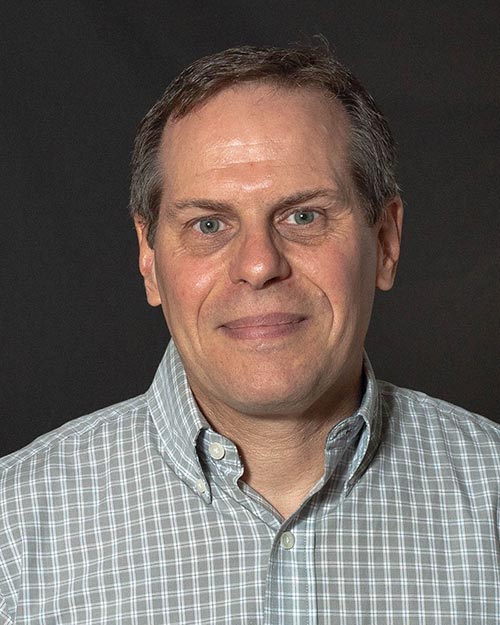
Lance Cooley
Superconducting radio-frequency cavities for dark matter searches, particle acceleration, and environments around quantum bits; the materials science of the resonator and details of 2-level systems connected with surface oxides.
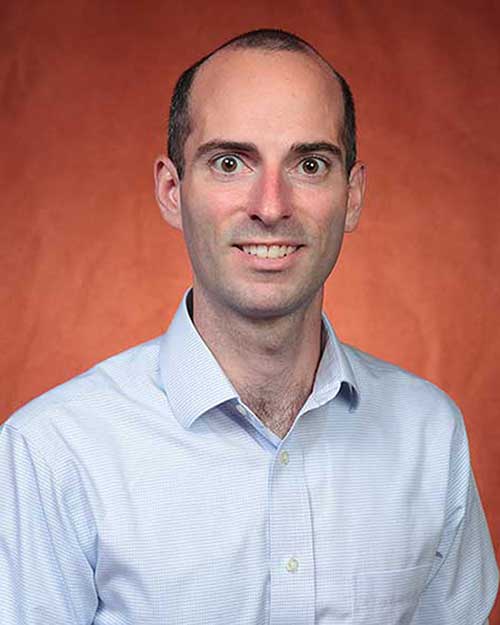
Eugene DePrince
Development of ab initio cavity quantum electrodynamics approaches for describing hybrid light-matter states known as polaritons; development of reduced density matrix methods for modeling strong electron and as tools for error mitigation in NISQ applications.
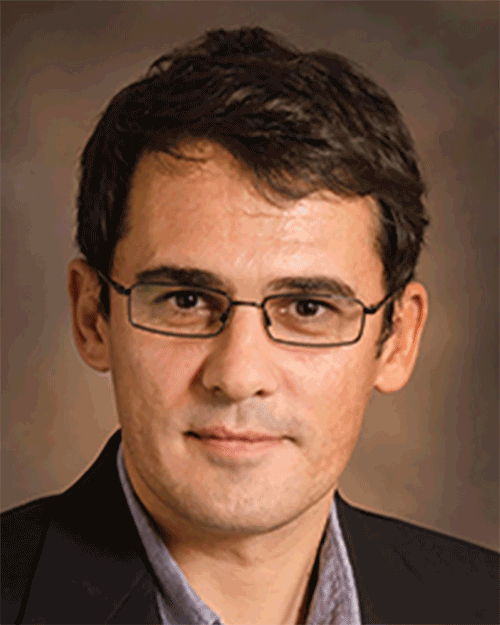
Ivan Djordjevic
Quantum communications and networks; Quantum sensing, radars, and LiDARs; Quantum information processing and quantum error correction; Optical communication over turbulent channels; Physical-layer security, post-quantum cryptography, and QKD; LPI and covert communications
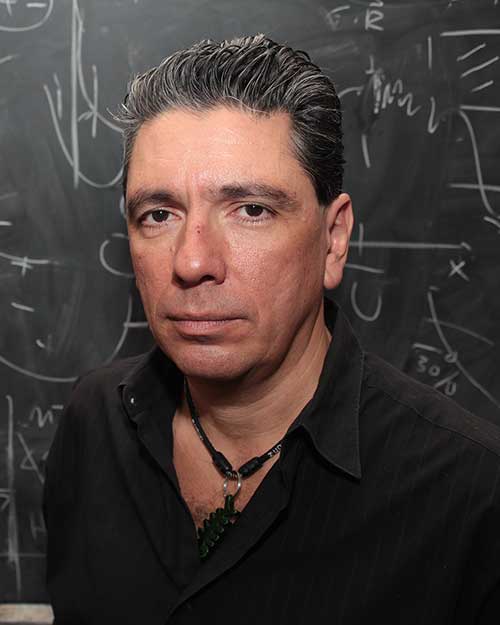
Vladimir Dobrosavljevic
Theoretical condensed matter physics as applied to quantum materials; quantum phase transitions, metal-insulator transitions; development of theoretical ideas and tools for accurate description of physical properties and phase transitions.
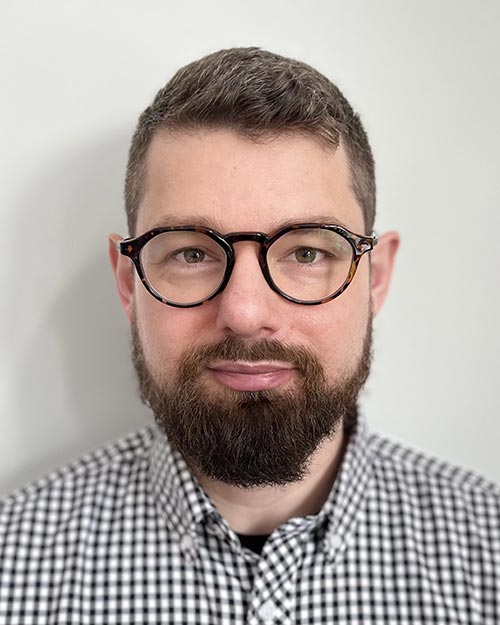
Łukasz Dusanowski
Quantum optics, optically active spin qubits, quantum memories and single-photon sources, quantum networks and quantum computing, integration of quantum emitters with nanophotonic devices, new material platforms for quantum emitters and qubits.
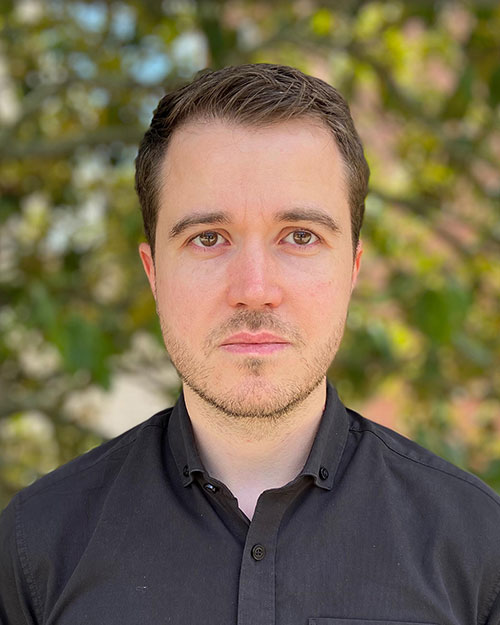
Kevin Fossez
Insight on new emergent phenomena in many-body open quantum systems using quantum information science tools such as entanglement measures, mappings of fermionic degrees of freedom on qubits, or tensor networks. Simulation of decaying systems on quantum computers.
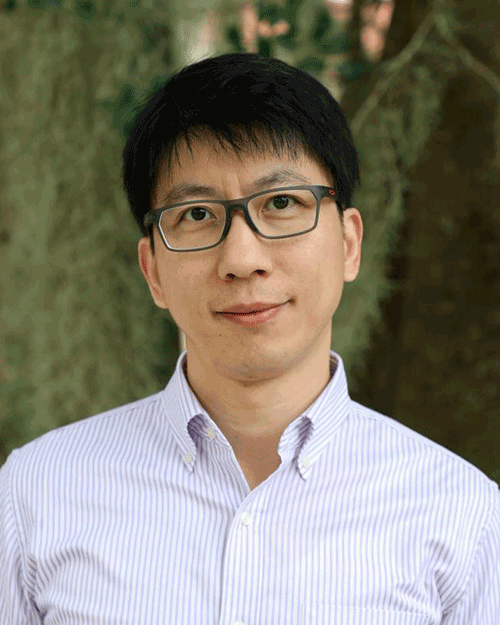
Hanwei Gao
Emergent quantum phenomena in low-dimensional symmetry-breaking materials; Optical and optoelectronic functionalities of unconventional semiconductors; Nonlinear and nonreciprocal responses of nanophotonic and plasmonic materials.
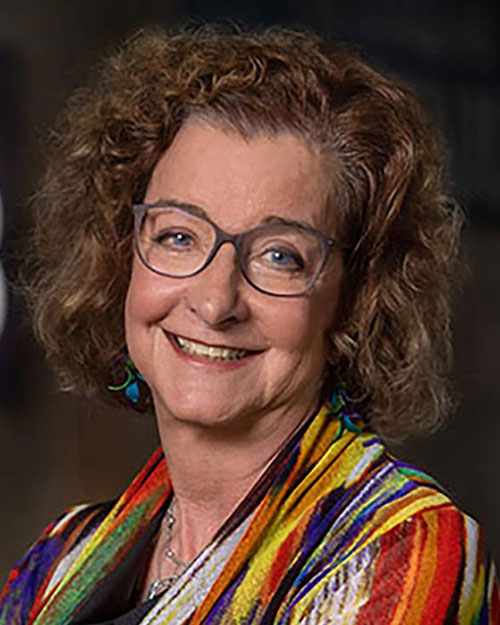
Laura Greene
Thin film growth of novel quantum materials and heterostructures; measurements of electronic structure using planar tunneling and point contact electron spectroscopies to study strongly-correlated states in heavy fermions, correlated topological materials, unconventional superconductors, and other quantum materials.
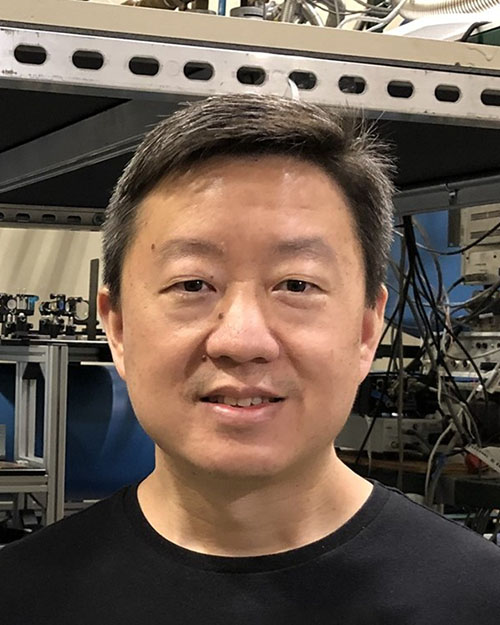
Wei Guo
Experimental and numerical study of quantum fluid dynamics in superfluid systems, accelerator cryogenic, WIMP dark-matter detection using superfluid target material, liquid-hydrogen based aviation, and qubit systems made by single electrons on liquid helium or solid neon surfaces.
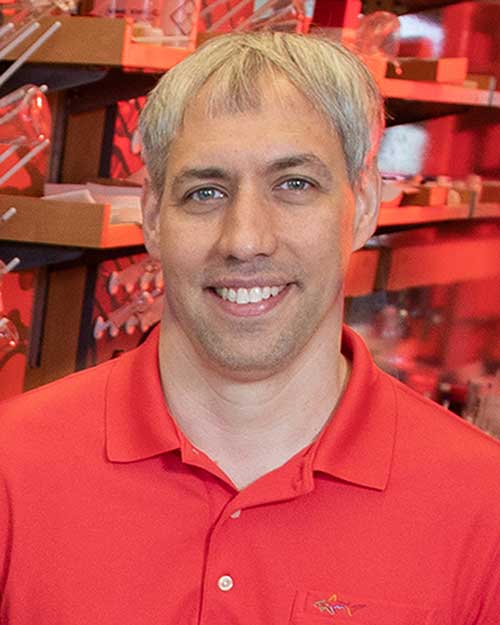
Kenneth Hanson
The structure and properties of metal ion-linked molecular assemblies on inorganic substrates; steady-state and time-resolved spectroscopies to track energy migration of spin active species as well as device measurements to probe photon-to-current signal generation.
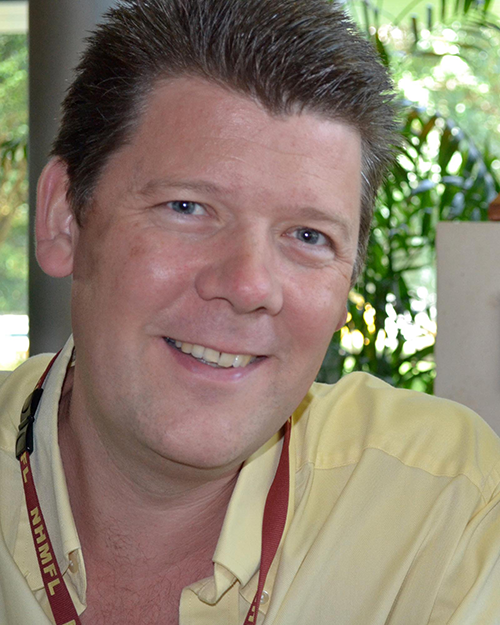
Stephen Hill
Electron spin resonance spectroscopy, with emphasis on molecule-based systems of potential interest for next generation quantum technologies; development of instrumentation and methodologies for interrogating spins in molecules over a wide range of microwave frequencies and magnetic fields.
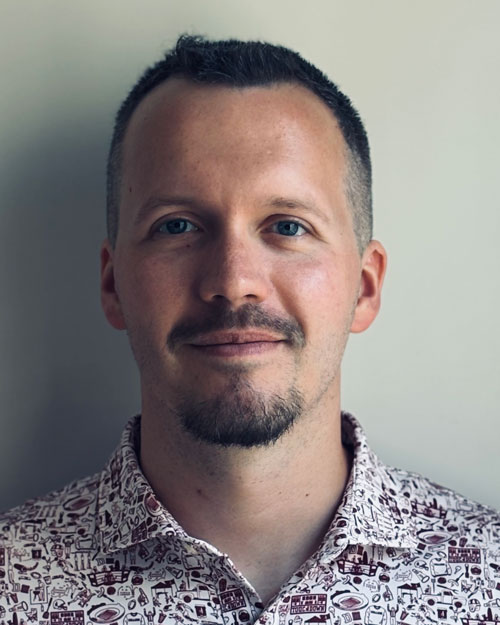
Eric Kubischta
Mathematical foundations of quantum error correction and fault tolerance; non-additive and permutation-invariant quantum codes; quantum weight enumerators and transversal gates.
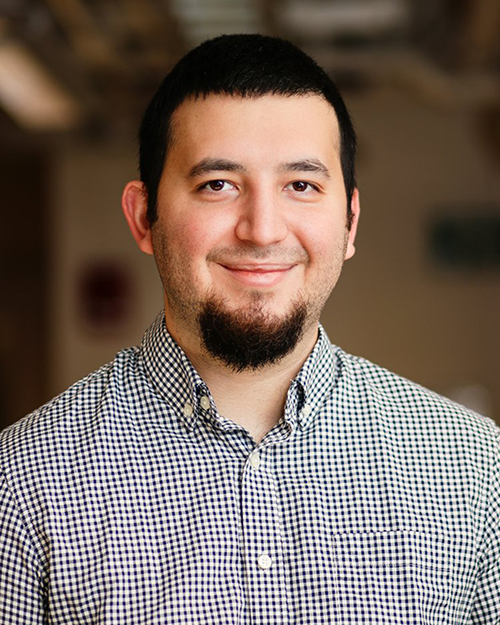
Bryan Kudisch
Ultrafast dynamics of photoreactive chromophores; spin and vibrational coherence as quantum sensing platforms for ultrafast chemical reactions.
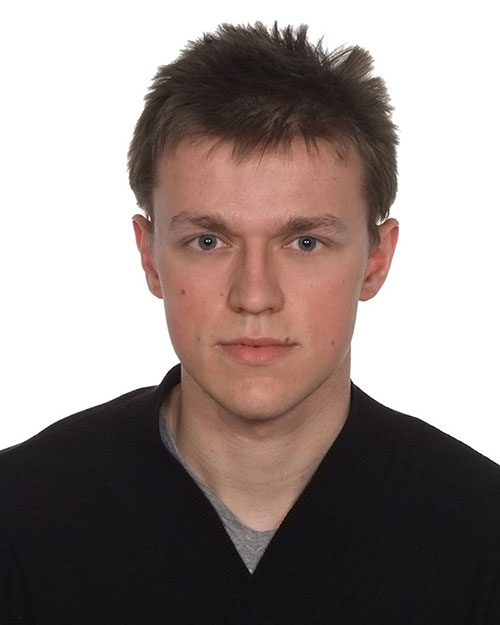
Cyprian Lewandowski
Condensed matter theory of interacting quantum systems; application-driven material development; electronic and optical phenomena in 2D quantum materials: plasmonics, superconductivity, non-linear responses.
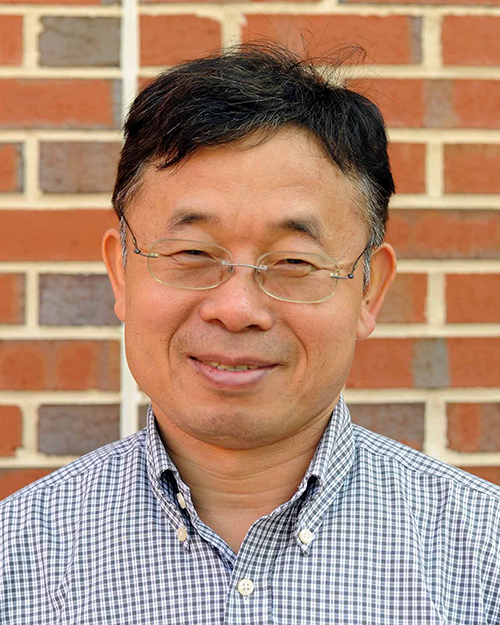
Xiuwen Liu
Quantum algorithms and deep learning models for quantum science; vulnerability analysis of post-quantum security solutions; scalable and effective approaches to quantum workforce developments.
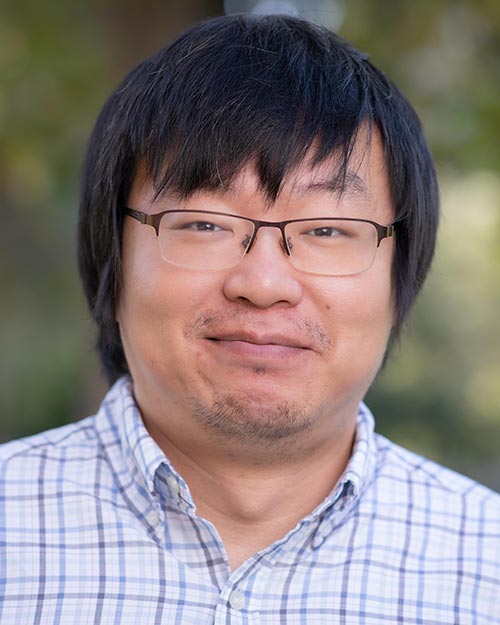
Zhengguang Lu
Quantum materials for quantum information science; light-matter interactions, electron correlations, and topology in van der Waals heterostructures; nano-fabrication, advanced optical spectroscopy, and transport techniques to engineer and harness emergent quantum phenomena.
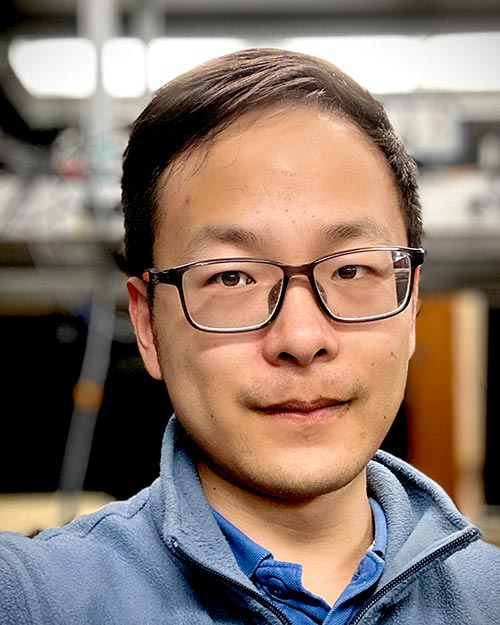
Haochuan Mao
Molecular qubits based on organic chromophores, spin-selective behaviors in excited molecules, molecular quantum sensors, time-resolved electron spin resonance with optical readout for coherent qubit control.
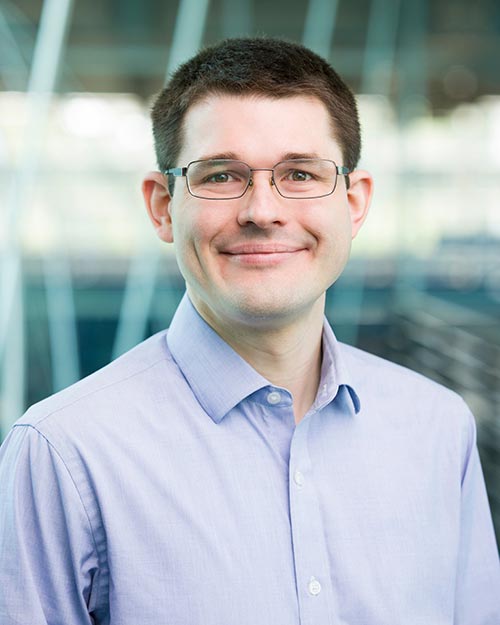
William Meier
Single crystals of quantum materials; unconventional metals and unusual magnets; chemical tuning studies with advanced physical characterization; x-ray and neutron scattering.
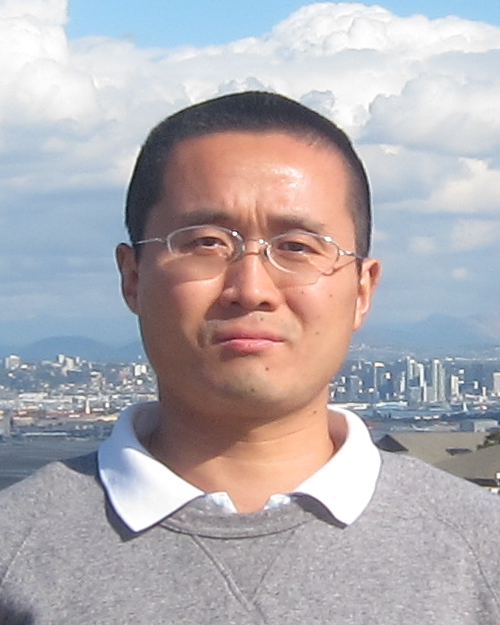
Guangxin Ni
Optical and quantum phenomena at the nanometer length scales through strong light-matter interactions in low-dimensional quantum materials and devices; design and construction of next-generation scanning nano-optical instruments to probe and manipulate quantum-light waves.
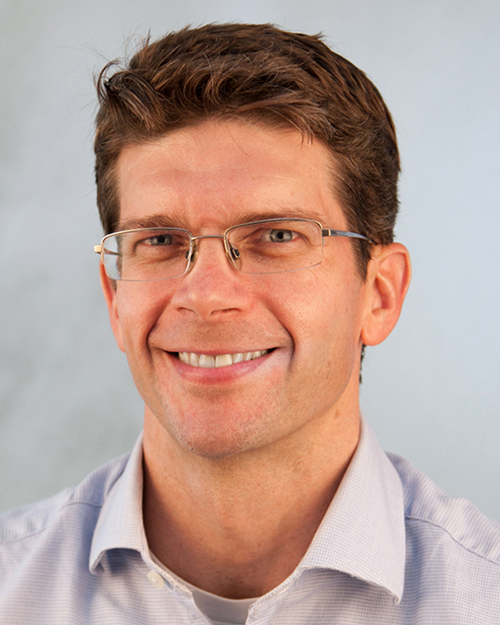
William Oates
Quantum algorithms to advance materials computational research; evaluating implementation of quantum linear algebra algorithms on superconducting qubit hardware; integrating quantum relations into a field-coupled continuum model to predict the behavior of materials.
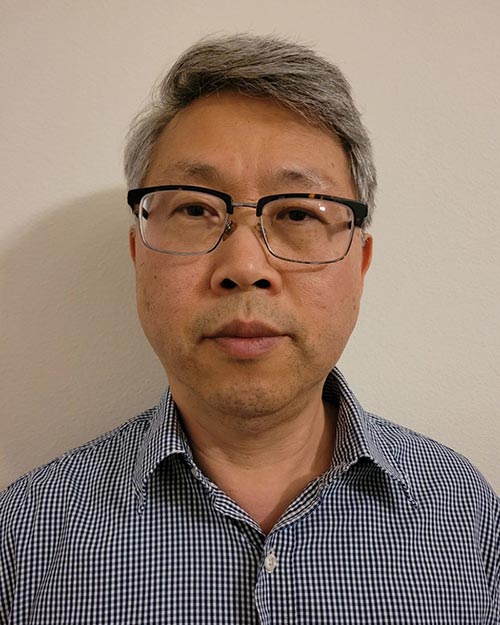
Wan Kyu Park
Physics of quantum matter including superconductors, strongly correlated electron systems, and topological phases; electron spectroscopic measurements including quasiparticle scattering spectroscopy and planar tunneling spectroscopy.
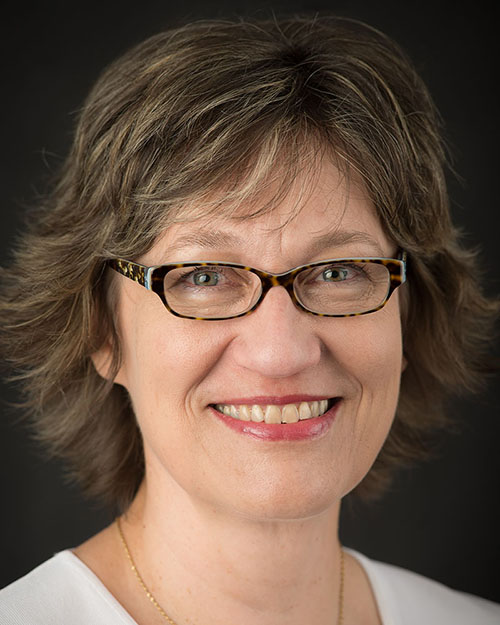
Dragana Popovic
Quantum complexity in (quasi-) 2D materials: quantum phase transitions; novel phenomena emerging from the interplay of various orders; nonequilibrium charge dynamics (e.g., glassiness, thermalization, many-body localization); superconductivity; role of disorder; mesoscopic effects.
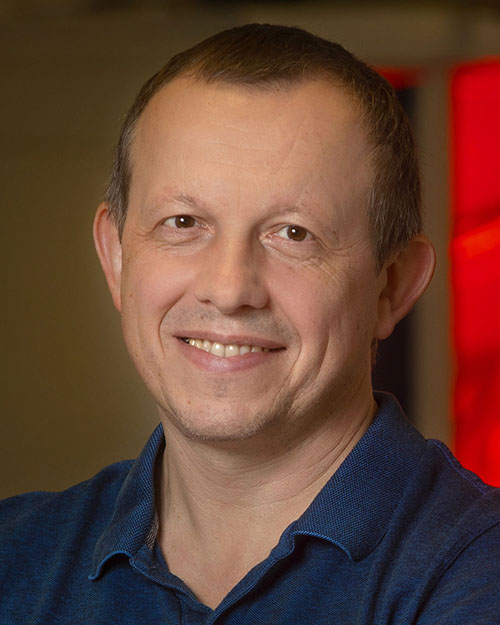
Michael Shatruk
Synthesis and characterization of magnetic molecules for quantum information processing; investigation of molecular materials as host lattices for clock transitions; design of dimers and trimers of transition and lanthanide metal ions for implementing quantum gate operations.
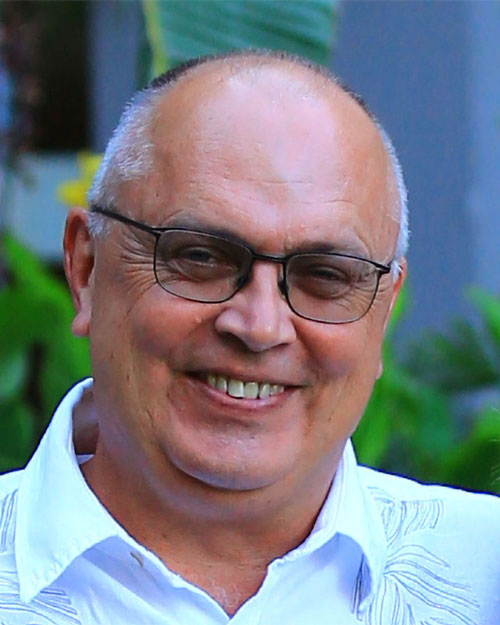
Dmitry Smirnov
Optical magneto-spectroscopy, emerging quantum phenomena and topological phases; electronic structure, low-energy excitations, and many-body effects in novel quantum materials; two-dimensional electronic systems; frustrated magnetic systems, spin-liquid candidate materials
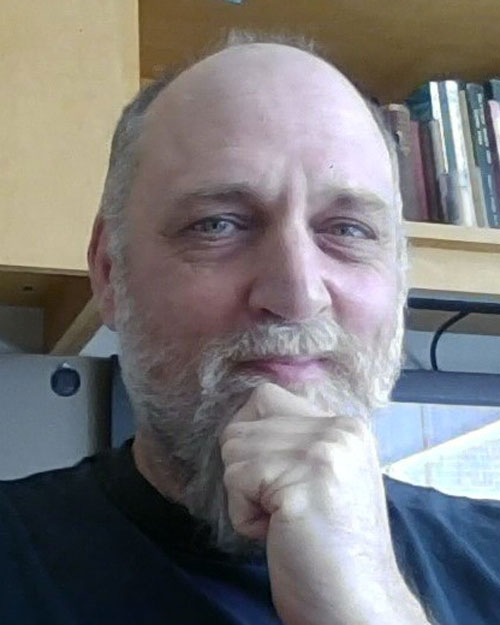
Geoffrey Strouse
Innovative nanomaterials for solid state lighting (LEDs), spin electronics (spintronics, dilute magnetic semiconductors), and magnetic composites for advanced motor technology to reduce size, power demands, and improve performance.

Komalavalli Thirunavukkuarasu
Many-body exchange interactions and emergent quantum phenomena in correlated systems; electronic and magnetic properties of molecular materials; low-energy spectroscopy at low temperatures, high pressures, and/or high magnetic fields.
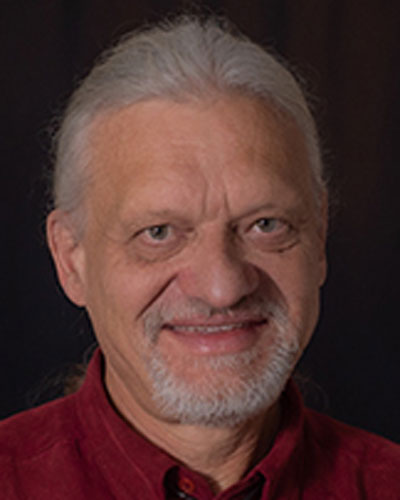
Johan van Tol
Electron Spin Resonance at high magnetic field of spin-based qubit candidates; Manipulation of electron and nuclear qubit systems with pulsed ESR in combination with RF pulses; sensitive readout of spin states.

Alexander Volya
Novel theoretical questions of open mesoscopic quantum systems, targeting problems related to quantum signal propagation, quantum dynamics, role of environment including noise, complexity, thermalization, and entanglement.
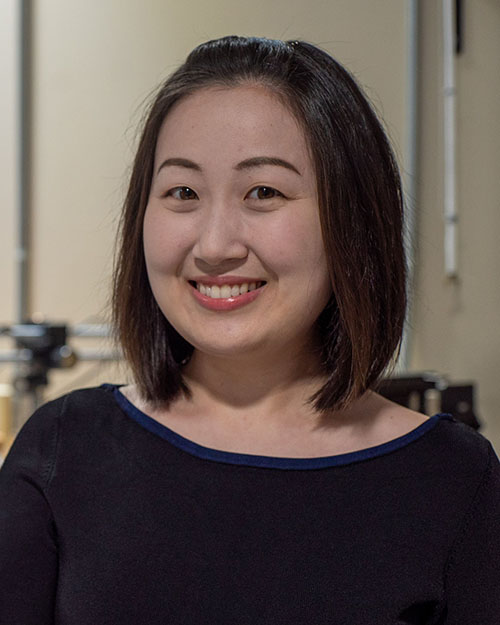
Kaya Wei
Non-conventional electronic and magnetic states emerging from quantum properties of matter; synthesis of materials and characterization of their behavior in high magnetic fields.
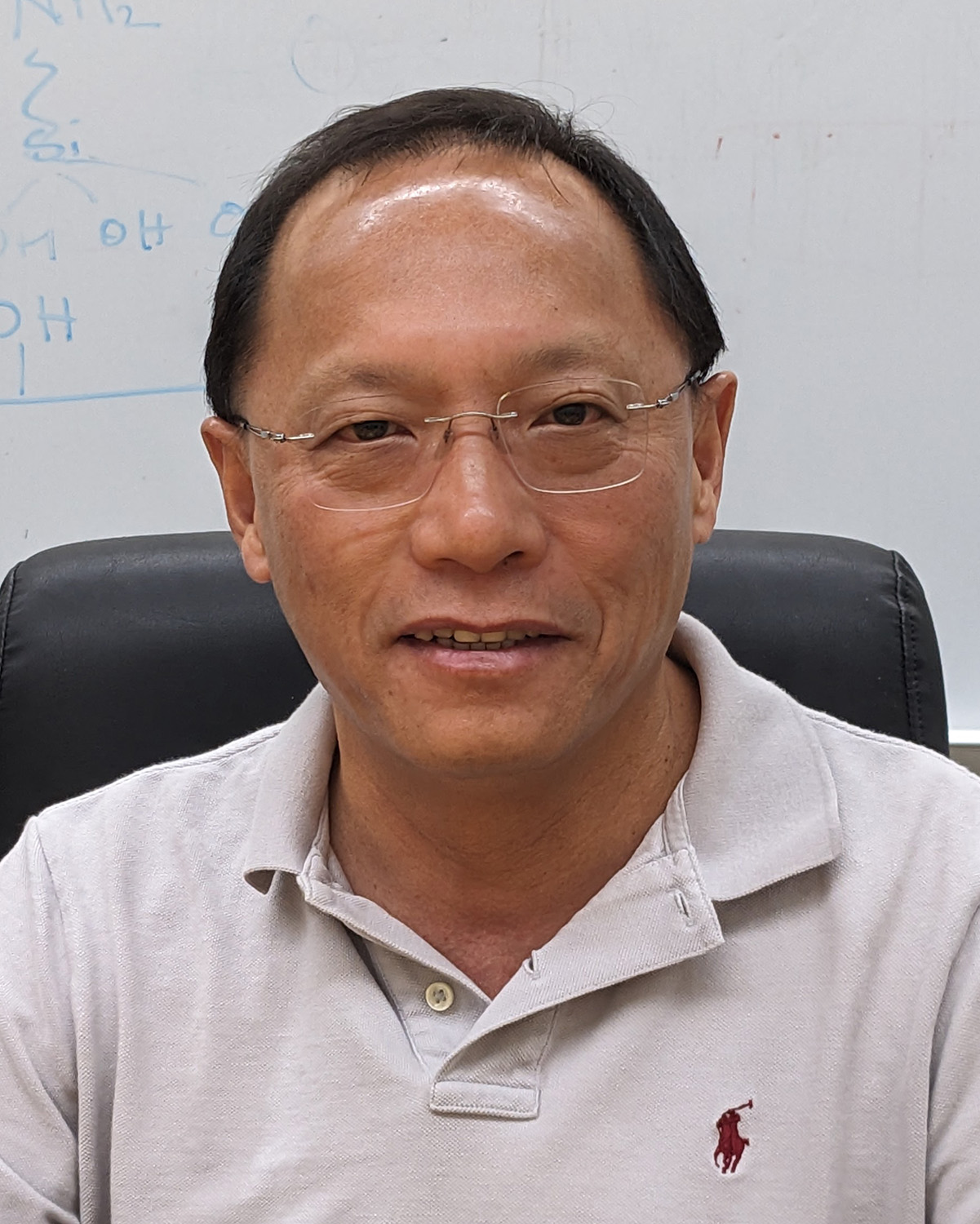
Peng Xiong
Emergent quantum phenomena and novel electronic excitations in various low-dimensional quantum materials and their heterostructures; topological spin states and electronic excitations in chiral materials and heterostructures of superconductors and topological insulators.
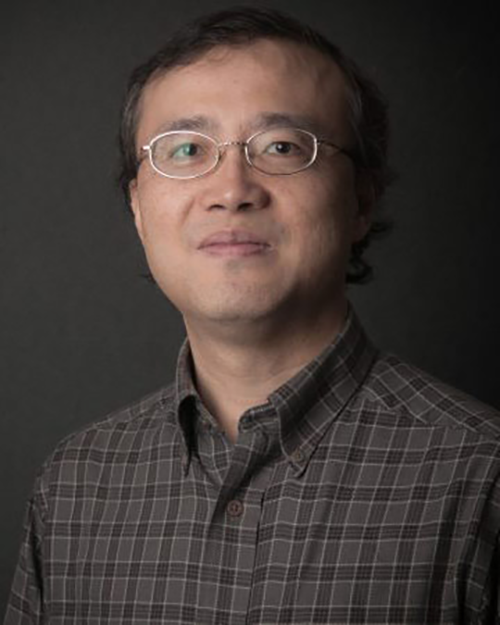
Kun Yang
Applications of quantum information concepts and methodology in condensed matter physics, as well as to bridge different branches of physics and between physics and other fields, including math, computer science, and materials research.
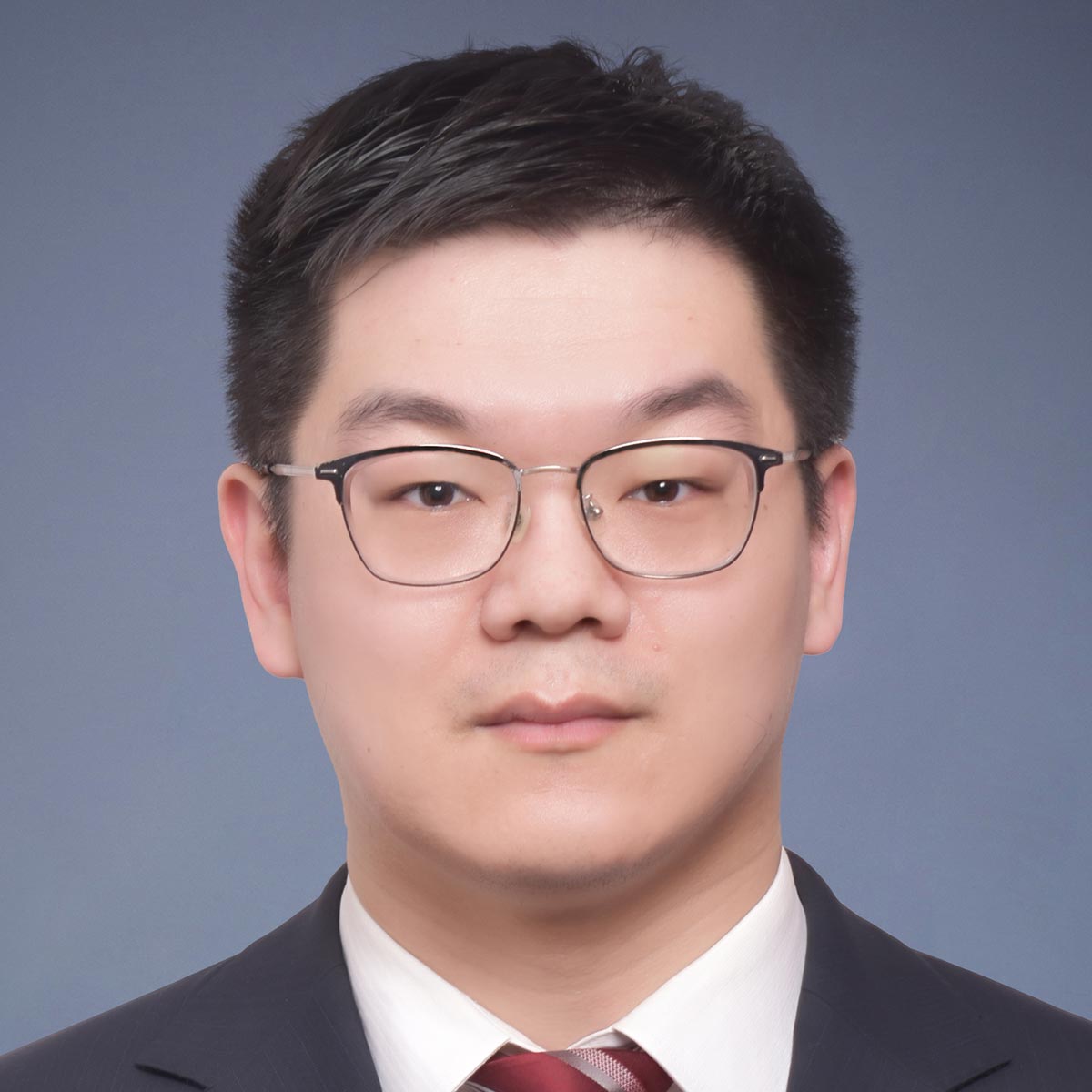
He Zhao
Thin-film growth of novel quantum materials and heterostructures by (oxide) molecular beam epitaxy, co-laminated 2D nanodevice fabrications by stacking and twisting; measurements of electronic structure and magnetic properties using state-of-the-art (spin-polarized) spectroscopic imaging-scanning tunneling microscopy to study strongly-correlated states and exotic quantum phenomena in unconventional superconductors, kagome metals, and other quantum materials
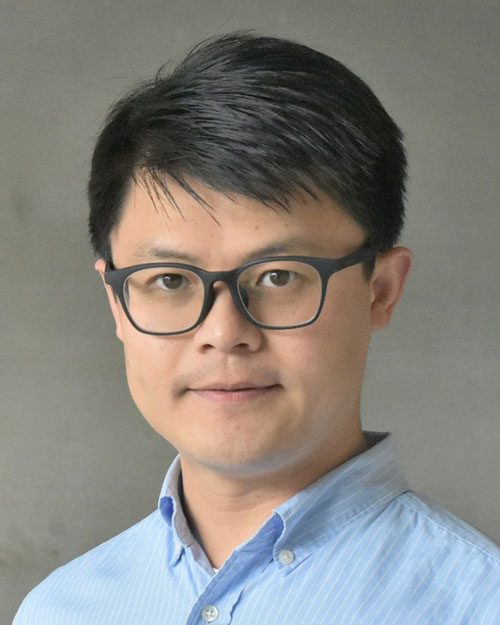
Xianjing Zhou
Solid-state quantum computing and information platform: single-electron qubits on noble gas (solid neon, liquid helium), superconducting qubits, hybrid quantum circuits; single-electron spin spectroscopy, single microwave photon detection; terahertz electronics with high-temperature superconductors.


